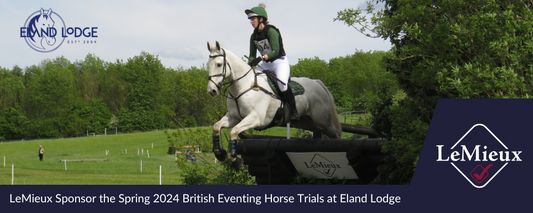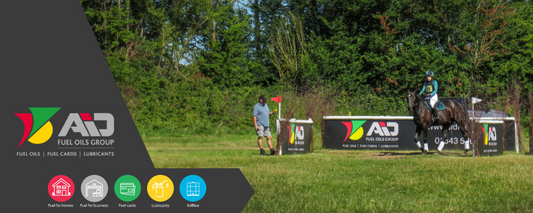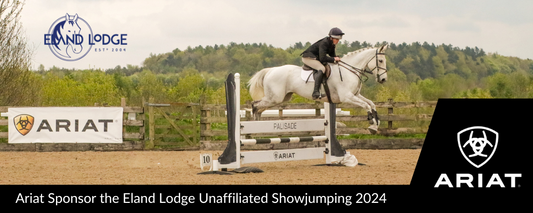featured Eland Lodge Now Stock Equicoat
On 0 Comments
Train, Compete, Recover, Repeat with NAF
On 0 Comments
The Newest Arrival From Equilibrium- Field Relief Fly Rug
On 0 Comments
LeMieux announced as sponsor for Eland Lodge's first British Eventing Horse Trials of 2024
On 0 Comments
Ariat Unaffiliated Evening Show Jumping Points League 2024
On 0 Comments
AID Fuel Oils Group Sponsors the Start Box at Eland Lodge
On 0 Comments
Ariat announced as new sponsors for Eland Lodge’s Unaffiliated Show Jumping Series in 2024.
On 0 Comments












